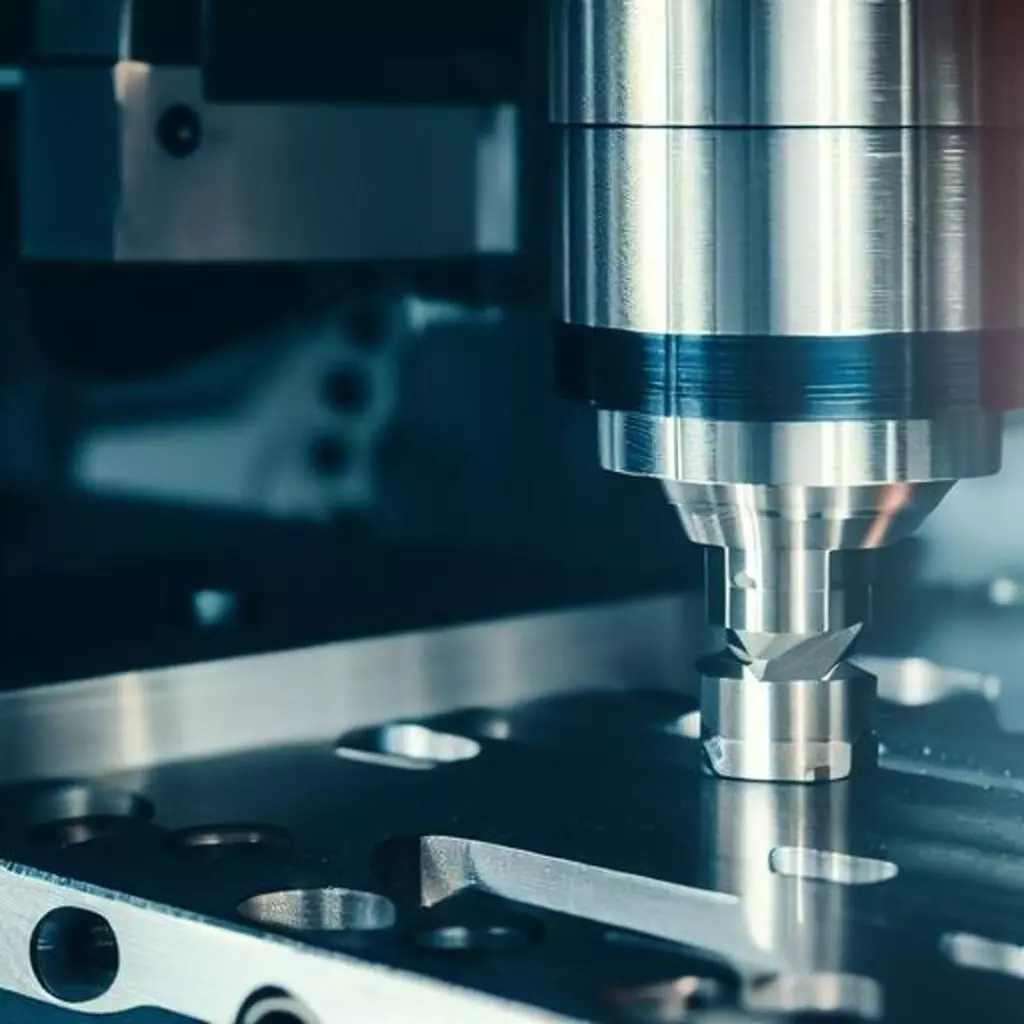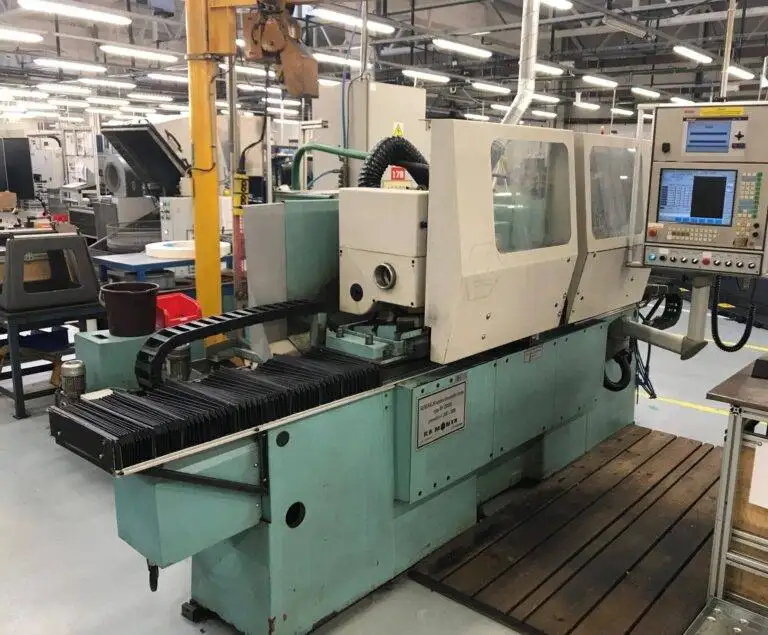Precision Metal Machining on CNC Machines: Revolutionizing Manufacturing
In today’s rapidly evolving industrial landscape, precision metal machining has become an integral part of manufacturing processes across various industries. The advent of Computer Numerical Control (CNC) technology has revolutionized the way metal components are produced, offering unprecedented accuracy, efficiency, and flexibility. This article aims to delve into the world of CNC metal machining, exploring its key concepts, benefits, applications, and future prospects.

- Understanding CNC Metal Machining: Computer Numerical Control (CNC) metal machining refers to the automated process of shaping and refining metal components using computerized instructions. It involves the use of CNC machines, which are equipped with precise cutting tools and programmed instructions to perform complex tasks with utmost accuracy and repeatability. The instructions are typically generated using Computer-Aided Design (CAD) software, which allows designers to create 3D models and convert them into machine-readable code.
- Key Components of CNC Machines: CNC machines consist of several essential components that work together to execute machining operations. These include: a) Control Unit: The control unit serves as the brain of the CNC machine, interpreting the program instructions and coordinating the movements of the machine’s axes. b) Machine Tool: The machine tool encompasses the physical structure of the CNC machine, including the worktable, cutting tools, and spindle, which rotates at high speeds to remove material. c) Servo Systems: Servo systems consist of motors, encoders, and feedback mechanisms that provide precise control over the machine’s movements, ensuring accurate positioning and motion control. d) Cutting Tools: CNC machines employ a wide range of cutting tools, such as drills, mills, lathes, and grinders, each designed for specific machining operations.
- Advantages of CNC Metal Machining: The utilization of CNC metal machining offers numerous benefits over conventional machining techniques: a) Precision and Accuracy: CNC machines can achieve exceptionally high levels of precision, allowing for tight tolerances and intricate designs. b) Efficiency and Productivity: CNC machines operate with minimal human intervention, resulting in faster cycle times, increased productivity, and reduced labor costs. c) Repetition and Consistency: CNC machining ensures consistent quality and repeatability of parts, eliminating variations caused by human error. d) Flexibility and Versatility: CNC machines can be easily reprogrammed to produce different parts, making them highly adaptable to changing production requirements. e) Complex Geometries: CNC machines enable the production of complex geometries that are challenging or impossible to achieve using traditional machining methods.
- Applications of CNC Metal Machining: CNC metal machining finds applications in a wide array of industries, including: a) Aerospace and Defense: CNC machining plays a crucial role in manufacturing aircraft components, missile parts, and defense equipment, where precision and reliability are paramount. b) Automotive: CNC machines are extensively used in the automotive industry for producing engine components, transmission parts, chassis components, and custom car parts. c) Medical: CNC machining is vital in the production of medical implants, surgical instruments, prosthetics, and other precision medical devices. d) Electronics: CNC machines are employed to fabricate intricate electronic components, circuit boards, connectors, and enclosures. e) Energy: CNC machining is utilized in the production of turbine parts, oil and gas equipment, renewable energy components, and power generation systems.
- Future Prospects and Advancements: The field of CNC metal machining continues to evolve, driven by technological advancements and emerging trends. Some notable developments include: a) Automation and Robotics: The integration of CNC machines with robotic systems enables unmanned and lights-out manufacturing, enhancing productivity and efficiency. b) Additive Manufacturing: The combination of CNC machining with additive manufacturing techniques, such as 3D printing





You must be logged in to post a comment.